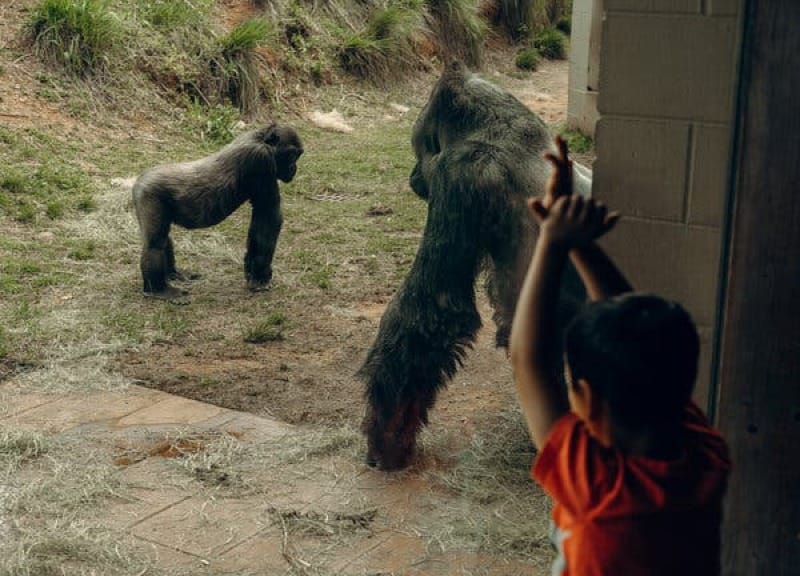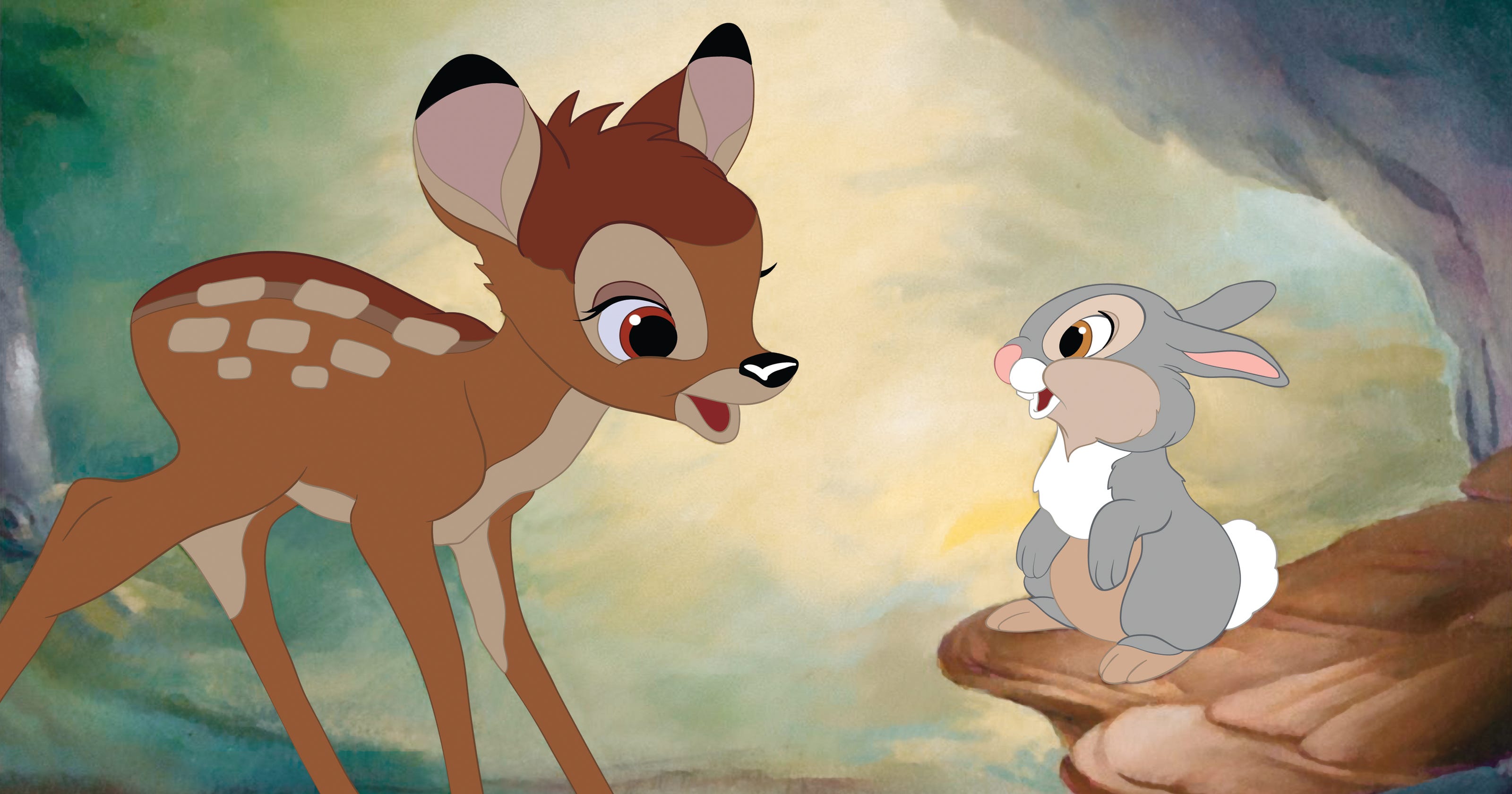Dear Abby letter reveals a daughter's dark legacy

From the Chicago Sun-Times: "DEAR ABBY: My grandfather sold me an old farmstead that has been in the family for 200 years. Last week, he showed me a wooded area behind the barn with a human skull. He told me that when his father died more than 50 years ago, he was curious about how long it would take a body to decompose, so he left his body in the woods to keep track of its progress. He has 50 years' worth of pictures and notes. He told the rest of the family that Great-Grandpa had been cremated, and apparently no one questioned him about the ashes. I checked with a lawyer, who tells me that in my state no laws were broken. My husband says I should quietly bury thes kull, burn the pictures and notes and forget about it. That just doesn't feel right to me."
Scientists say they aren't sure how animals will react to the solar eclipse

From the New York Times: "Cows may mosey into their barns for bedtime. Flamingoes may huddle together in fear. The giant, slow-motion Galápagos tortoise may even get frisky and mate. Circadian rhythms might take a noticeable hit, with nocturnal animals mistakenly waking up and starting their day only to realize that, whoa, nighttime is already over. And then there will be some animals, perhaps particularly lazy domestic cats or warthogs focused on foraging, who might not give the dark sky a second thought. One study in 1560 cited that “birds fell to the ground.” Other studies said birds went to roost, or fell silent, or continued to sing and coo — or flew straight into houses. Dogs either barked or whimpered, or did not bark or whimper."
The original Bambi was an existential novel about antisemitism in 1920s Austria

From The Guardian: "It’s a saccharine sweet story about a young deer who finds love and friendship in a forest. But the original tale of Bambi, adapted by Disney in 1942, has much darker beginnings as an existential novel about persecution and antisemitism in 1920s Austria. Far from being a children’s story, Bambi was actually a parable about the inhumane treatment and dangerous precariousness of Jews and other minorities in what was then an increasingly fascist world, a new translation shows. In 1935, the book was banned by the Nazi party, who saw it as a political allegory on the treatment of Jews in Europe and burned it as Jewish propaganda."
Editor's note: If you like this newsletter, please share it with someone else. And if you really like it, perhaps you could subscribe, or contribute something via my Patreon. Thanks for being a reader!
Agent 355 was a female spy who some say helped win the Revolutionary War
:focal(700x527:701x528)/https://tf-cmsv2-smithsonianmag-media.s3.amazonaws.com/filer_public/3e/f6/3ef68184-743e-482c-aaca-0d50d75d9683/355.jpg)
From the Smithsonian: "According to popular lore, a woman spy known only as Agent 355 helped George Washington win the American Revolution, serving as a key member of the Manhattan-Long Island intelligence network later dubbed the Culper Spy Ring. There’s just one problem with this story: No proof of 355’s adventures in espionage actually exists. The sole mention of her in the historical record simply states that she was a lady who could help the Patriots “outwit them all.” Unfortunately, this lack of evidence hasn’t stopped authors and TV producers from inventing tales of her exploits. The legend represents a cautionary tale of how speculation and myth can permeate American history and become almost impossible to eradicate."
Rediscovered Rembrandt portraits may be the artist’s smallest paintings

From Hyperallergic: "Emerging from private holdings for the first time in nearly two centuries, a rediscovered pair of Rembrandt portraits is now on a long-term loan for public display at the Rijksmuseum in Amsterdam. At nearly eight inches tall each, the portraits of Jan Willemsz van der Pluym and his wife Jaapgen Caerlsdr, whose son married the artist’s cousin, are said to be the smallest formal paintings (excluding studies) the Old Master ever created. Created in 1635, the paintings on panel remained in the family for over a hundred years until they were auctioned by the children of the couple’s great-great-grandson in 1760 following his death. The works passed through a few European nobles’ collections and were last sold in 1824 through Christie’s London."
Kitty Fisher was an 18th century version of an influencer, famous for being famous

From Messy Nessy Chic: "Kitty Fisher wasn’t just the talk of the town in 18th century London, she was its undisputed queen – and folks back then really loved to hate her. In an era without Instagram or TikTok, she mastered the art of personal branding, using nothing but word of mouth, the printed press, and a healthy dose of charisma. She was the daughter of a humble tradesman, lacking the pedigree and noble birth that often served as the ticket to high society. However, Kitty possessed something far more valuable than titles or lineage — she had wit, beauty, an insatiable thirst for adventure, and mastered the art of self-creation, turning her personal brand into a phenomenon."
What a solar eclipse looks like through the shadows cast by a tree
An annular eclipse in a tree's shade.
— Massimo (@Rainmaker1973) April 8, 2024
The tiny gaps between leaves act as pinhole lenses, projecting crescent shaped images of the eclipsed sun onto the world below
[📹 gottigreen]pic.twitter.com/E5vvOs69ns
Acknowledgements: I find a lot of these links myself, but I also get some from other newsletters that I rely on as "serendipity engines," such as The Morning News from Rosecrans Baldwin and Andrew Womack, Jodi Ettenberg's Curious About Everything, Dan Lewis's Now I Know, Robert Cottrell and Caroline Crampton's The Browser, Clive Thompson's Linkfest, Noah Brier and Colin Nagy's Why Is This Interesting, Maria Popova's The Marginalian, Sheehan Quirke AKA The Cultural Tutor, the Smithsonian magazine, and JSTOR Daily. If you come across something interesting that you think should be included here, please feel free to email me.



